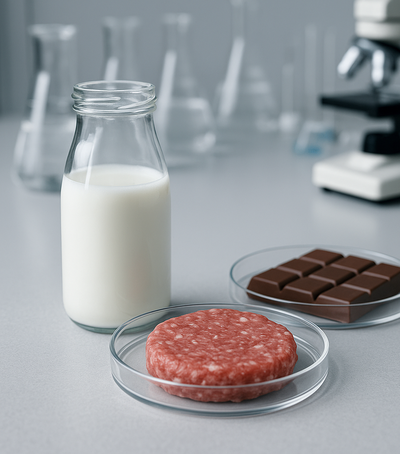
A giant leap for medical science
3D printing is no longer just for technological prototypes or everyday objects – it has made a strong entry into the medical field. Tests are already underway in the world's most advanced hospitals and research centers to print complex tissues and organs such as livers and kidneys. This revolutionary approach promises to transform the way patients in need of transplants are treated.
From the waiting list to the laboratory
Currently, thousands of patients around the world wait years for a transplant, often never finding a suitable organ. 3D printing offers a promising solution: creating personalized organs using the patient's own cells. This not only reduces waiting times, but also minimizes the risk of rejection by the body, since the new organ is "built" on the basis of the patient's own biological material.
How bioprinting works
Bioprinting technology uses a combination of stem cells, biomaterials, and advanced 3D printers. Cells are laid down layer by layer to form structures similar to living tissue. Over time, these structures develop and take on biological functions, transforming into functional organs. The first steps are still in the testing phase, but the results so far are impressive.
A future without borders
If this technology is successfully developed, it will revolutionize the reality of transplantology. Instead of patients depending on donors, medicine could produce organs on demand. This means a future where mortality due to the lack of transplantable organs could be significantly reduced, saving millions of lives.
Photo by Google DeepMind: https://www.pexels.com/photo/close-up-of-abstract-shapes-25626515/





